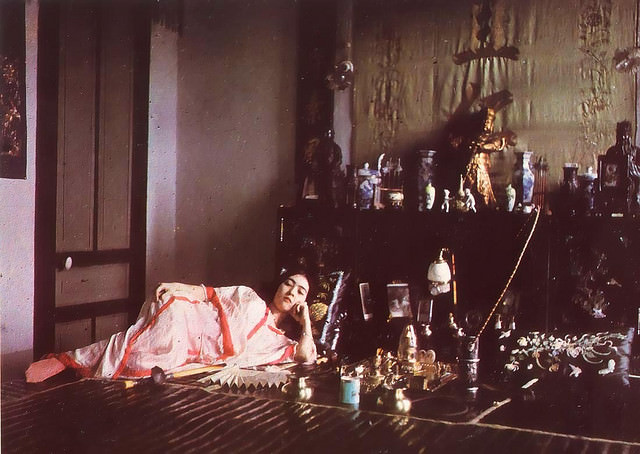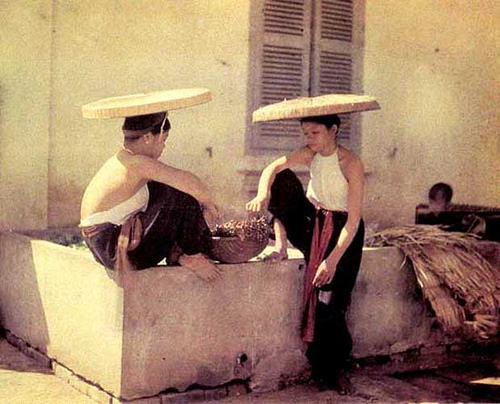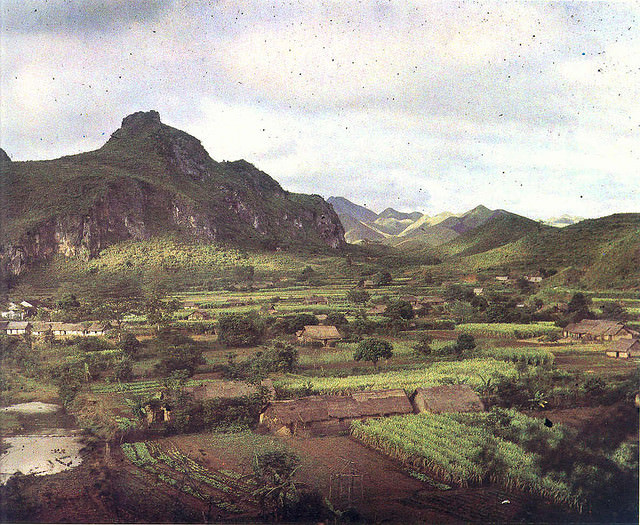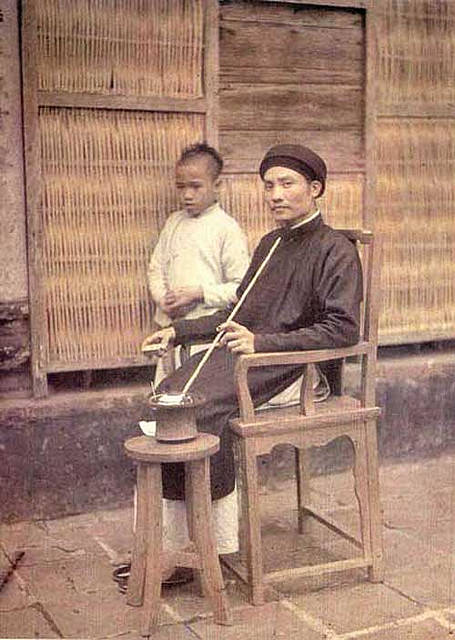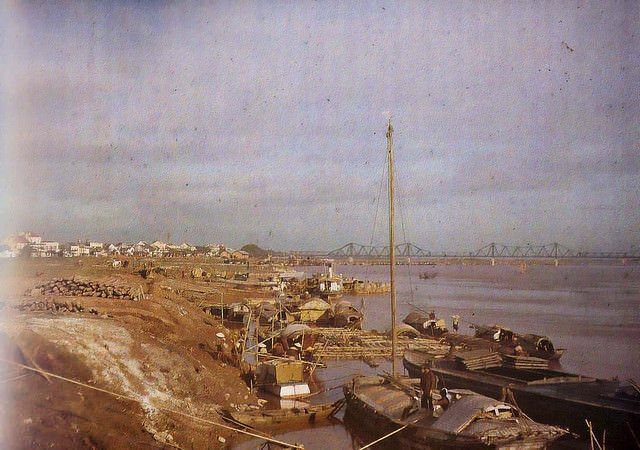In the 1910s, Northern Vietnam, known then as Tonkin, was a place where tradition and daily life moved at a pace set by nature and the seasons. Through the lens of photographer Leon Busy, we get a glimpse into this world, capturing moments that tell us much about the life back then.
Daily Life and Work
The majority of people in Northern Vietnam during this era were farmers. Rice was the staple crop, and much of the daily activity revolved around its cultivation. Fields were ploughed using water buffalo, a common sight in the photographs. These animals were not just beasts of burden but were integral to the family, often treated with care and respect.
Read more
People woke up with the dawn. Women often started the day by preparing meals, which typically included rice, vegetables, and occasionally, fish or meat. Men would head out to the fields, where the work was hard but communal. Children helped too, learning from a young age how to tend to crops or take care of smaller livestock.
Clothing and Fashion
The traditional attire was simple yet practical. Men and women alike wore “ao tu than,” a four-part dress for women, and a simpler version for men, often in darker colors to hide the dirt from fieldwork. The iconic conical hat, or “non la,” was ubiquitous, providing shade from the sun and protection from the rain. These hats were not only functional but also crafted with skill, often by the villagers themselves.
Housing and Architecture
Houses in Northern Vietnam were typically made from available local materials like bamboo, wood, and thatch. These homes were built to withstand the tropical climate, with raised floors to avoid flooding during the monsoon season. Inside, homes were sparse, with living areas often serving multiple purposes – from sleeping to eating. The kitchen was usually a separate structure to prevent fires from spreading.
Community and Festivals
Community life was vibrant, with villages often centered around a communal house or “dinh,” where meetings, festivals, and ceremonies took place. Festivals were a break from the mundane, filled with music, traditional games, and special foods. The Tet Nguyen Dan, or Lunar New Year, was, and still is, the most significant celebration, where homes were cleaned, debts were settled, and families reunited.
Education and Beliefs
Education was not widespread; however, children in villages might learn basic reading, writing, and Confucian ethics from a local scholar or elder. Belief systems were a mix of Buddhism, Taoism, and Confucianism, with ancestor worship also playing a crucial role. Temples and pagodas were not just places of worship but centers for community gatherings and education.
Transportation and Trade
Transportation was primarily by foot or by boat along the numerous rivers and canals. For longer distances, horse-drawn carts or rudimentary bicycles were used. Markets were the heart of economic life where people traded goods like rice, vegetables, handicrafts, and silk. Trade was not just about commerce; it was a social event where news was exchanged.
Leon Busy’s photographs from this period are more than just images; they are windows into a time when life was deeply connected to the land, community was everything, and tradition dictated the rhythm of life. These snapshots help us understand the resilience and simplicity of life in Northern Vietnam a century ago, showcasing a world that, while changed, still influences the cultural fabric of the region today.


